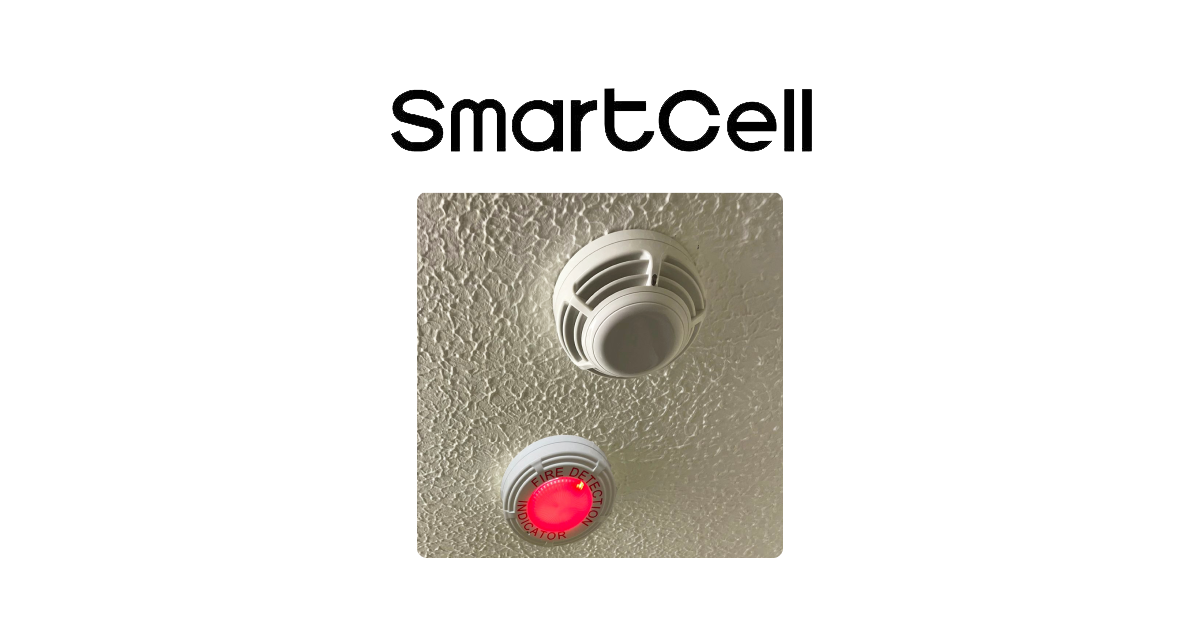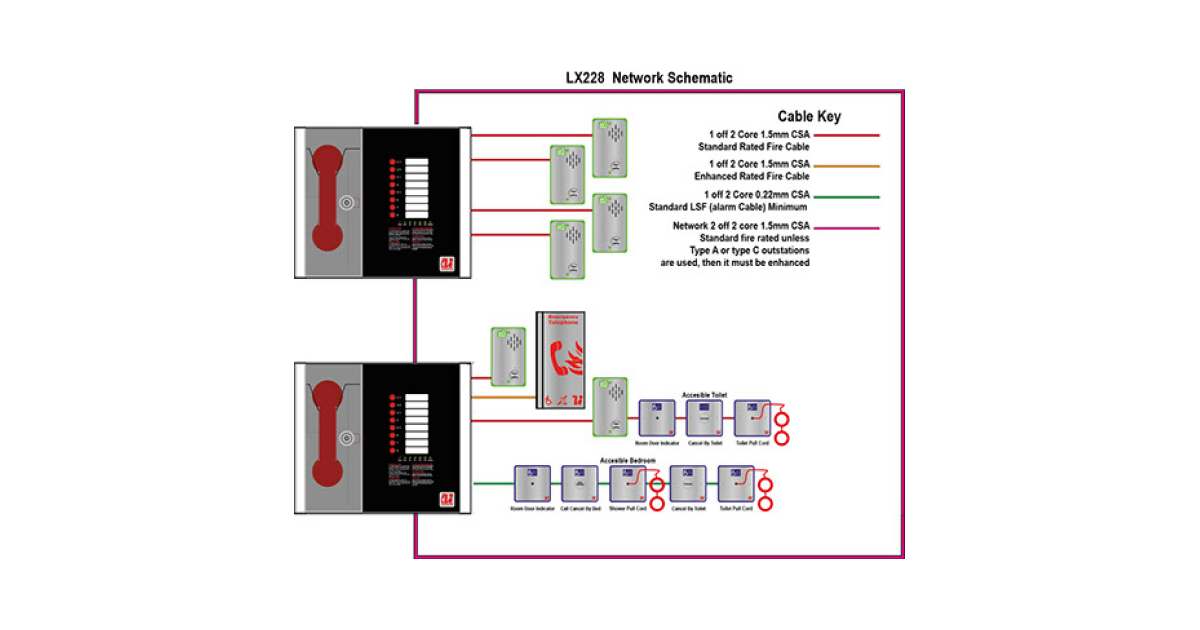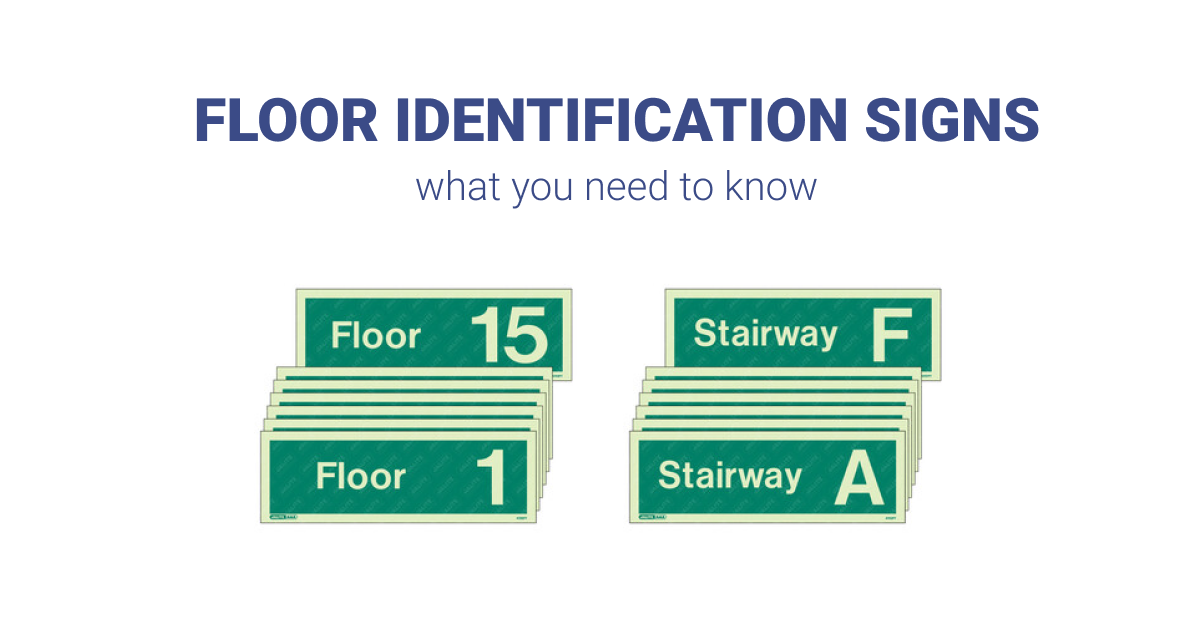
Inspired by our recent interview with Mark Tansey of Electro Detectors, who shared his thoughts on their Zerio Plus system, this post explores the future possibility of every new fire alarm system being wireless.
Although we don’t have a crystal ball, perhaps the answer is simply whether the current perceived disadvantages of wireless systems can be overcome in the future. If hardwired systems offer little or no advantages in comparison then surely everyone will opt for wireless?
Wireless is always going to be more expensive to install?
As part of our wireless vs hardwired system article, we estimated the comparative costs of a small system for a typical HMO. These estimations were based on the Zerio Plus wireless system which was 4.3 more expensive compared to the Infinity ID2 hardwired alternative. This difference was purely for the hardwares costs (fire detection equipment excluding installation materials such as cable and clips).
Whilst this is a significant difference, it only tells part of the tale. The other factor to consider is installation. For the same system our survey of several installers suggested the hardwired system would require 3-5 days additional labour time along with the installation materials.
According to the index of labour costs from ONS (Office of National Statistics) the costs of employed labour in the private sector has increased virtually every year over the last 10 years. Importantly these increases have typically been in excess of the annual 1.5-2.5% rise in equipment costs we usually see from manufacturers.
Continuing on this trajectory the gap between the full installation costs of either system maybe closing.
Wireless systems will always be more expensive to run?
The running costs of a wireless system, in particular the costs of changing batteries in devices, is often cited as a strong reason to consider a hardwired alternative where possible. These costs can escalate depending upon how the battery replacements are managed. On larger systems there is often a fixed schedule to change all batteries at the same time irrespective of battery levels.
As the world embraces wireless technologies across many sectors like automotive, computing and more, these battery costs may become less significant. A recent article in The Economist illustrated that lithium battery costs have fallen by 98% over the last three decades. It was even suggested that, “In a few years electric vehicles may cost the same as their combustion-engine counterparts”.
Furthermore wireless products are becoming more battery efficient. One of the latest wireless systems to enter the market is the Ekho product from Hochiki which now boasts a maximum battery life of 10 years, a 2 year improvement compared with their previous wireless offering.
These potential savings along with improved battery efficiencies could change perspective.
Conclusion
There is real potential for the uptake of wireless systems to accelerate over time.
On one hand wireless systems may shorten the gap in equipment/battery costs as outlined above and on the other hand build on some of the unique advantages wireless systems offer including speed and flexibility.










